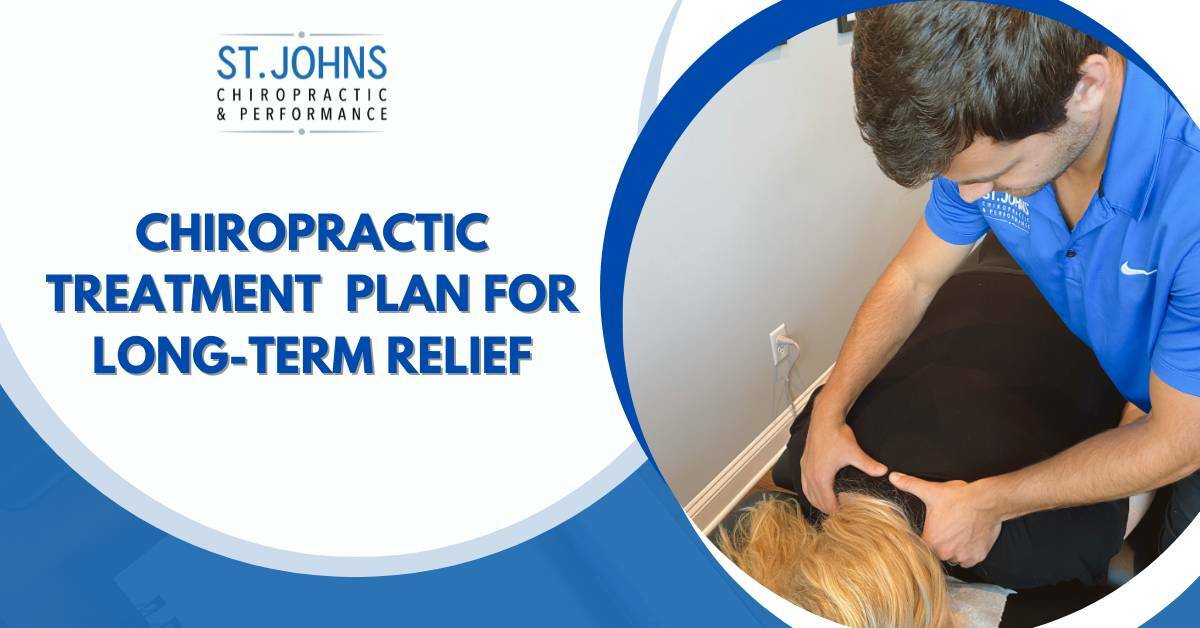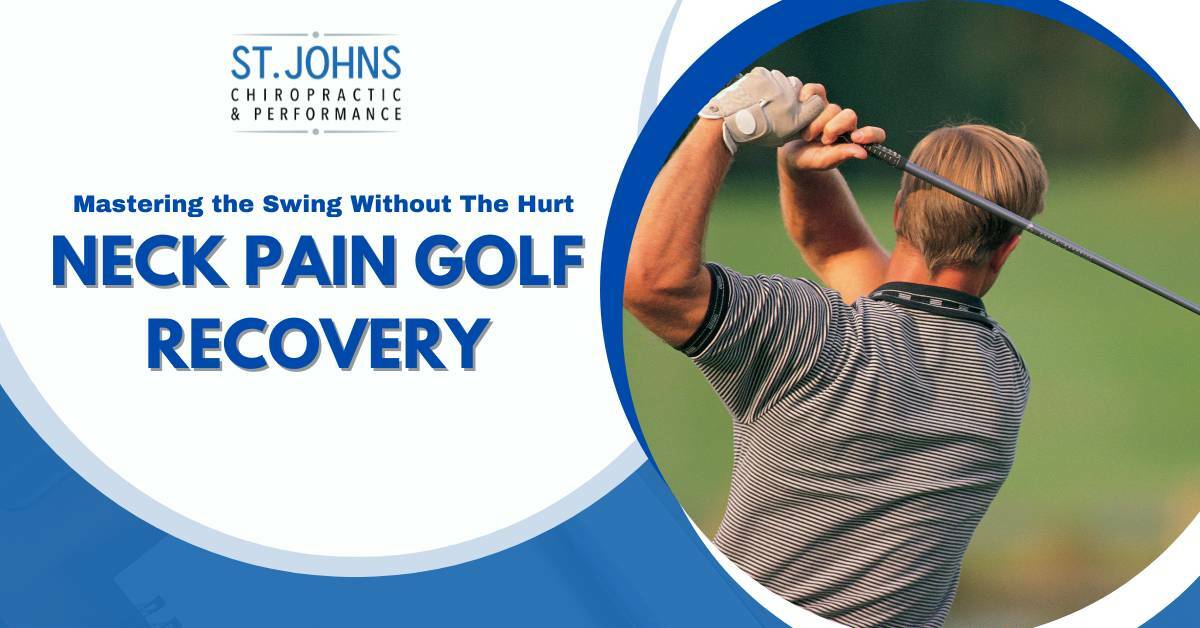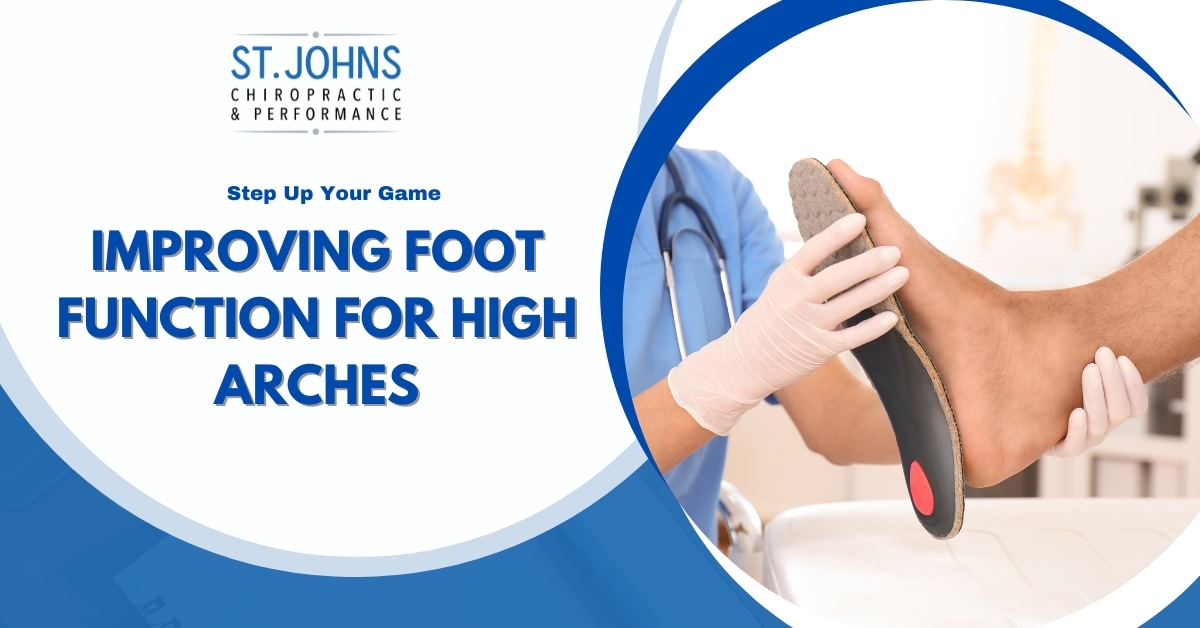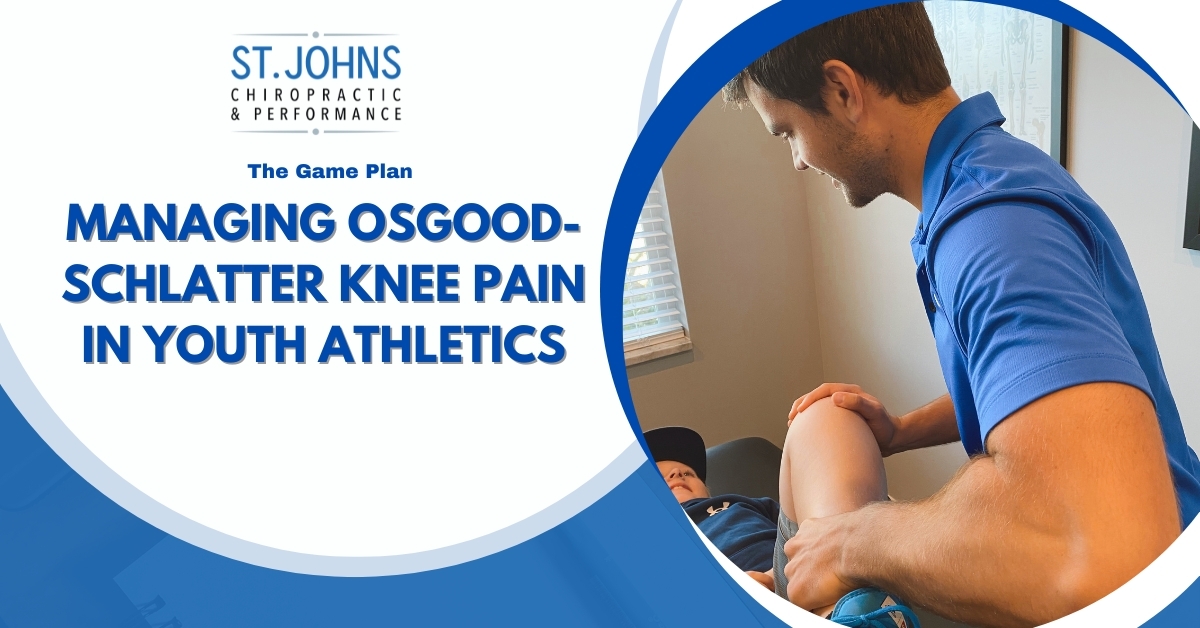Our last blog discussed how, golf is a sport that provides great chances to get exercise, be outdoors, hangout with loved ones, and be competitive. Saint Johns Florida provides the perfect weather for golfing the majority of the year and have a lot of people that golf year-round.
The northeast Florida area is home to many of the famous courses such as TPC Sawgrass in Ponte Vedra, King & Bear and Slammer & Squire down in World Golf Village in St. Augustine, and Hammock Beach Resort in Palm Coast. We’ve also got great local courses near County Road 210 and Race Track Road like South Hampton, Cimmarone, St. Johns Golf & Country Club, and Julington Creek Golf Club – this creates a problem which is that there are too many spots to play at great courses.
We also discussed that golfing can take its toll on athletes and amatuers as roughly 16-41% golfers get injured annually. (1-2) These injuries are significant enough to cause golfers to miss rounds and take some time off from the game that they love or are competing in.
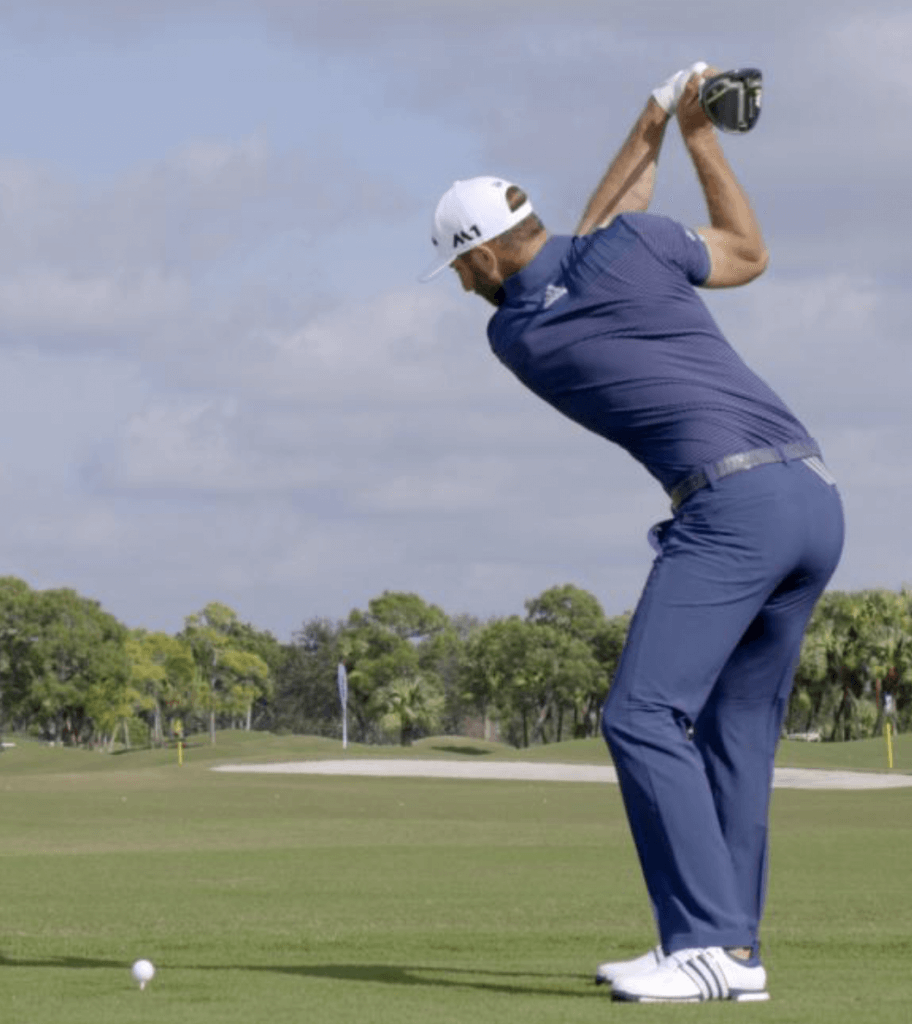
This number is probably even higher near the Jacksonville area because many golfers here play year-round and not just for half of the year. No matter what, at least 1/3 of all Northeast Florida golfers will have a golf injury serious enough that it will limit their ability to swing a golf club without pain during their season.
Our first blog was all about the most common golf injury which is low back pain. Other common golfing injuries occur to the wrist, knees, neck, shoulder, in foot. This blog however, will be all about golfing injuries that occur to the elbow and forearm which is the second most common spot for golfers to have pain and injury. Most people have heard of golfer’s elbow which typically presents as pain on the inside of the elbow. But golfers can have other injuries around the elbow and forearm as well besides this one location.
Here, we will get into why athletes that golf are so likely to have pain near their elbow and forearm and what can be done to treat these injuries! As we talked about in the last article, most golf injuries occur sue to a combination of physical faults and issues in swing timing or mechanics. Because of this, we at St. Johns Chiropractic & Performance recommended having a swing coach to help you work on your mechanics and timing and having a great sports injury specialist such as a local chiropractor in your circle who can help you with muscle and joint injuries!
Treating Golf Injuries Near Jacksonville, Florida
At St. Johns Chiropractic & Performance, we help active adults & athletes of all sports get out of pain quickly & rehabilitate their injuries so they can return to doing what they need to do and playing their sport without limitation. Dr. Grant Speer is a former collegiate athlete and local sports injury expert. He has treated many golf-related injuries and has an extensive educational background background in the mechanics of the golf swing. He is also certified by the Titleist Performance Institute which is the worldwide leader in golfing fitness, injury evaluation, and injury treatment and therapy.
Since we opened our doors, we have assessed and treated many high school and adult recreational golfers near Saint Johns, Florida with musculoskeletal limitations pain! It’s our goal to get you back into the course pain-free with better mobility!
Getting Your Golfer's Elbow Evaluated
The golf swing is a total body movement that requires you to have fluid motion, flexibility, and stability from many of your joints working together with a good timing to create force into the golf ball. However, when one link in the chain is not working correctly then some other link must compensate and pick up the slack for the weak spot.
In the case of most forearm and elbow sports injuries, it is usually because of a lack of mobility in the shoulder, neck, or mid back that the elbow or forearm gets overloaded and the result is pain. When one of these previously mentioned body parts such as the shoulder does not move with the mobility that it should, the elbow is required to move with more mobility and strength than it is used to incapable of. This compensatory situation has the potential to break down the muscles, joints, tendons, ligaments, and nerves of the forearm and elbow.
In the case of golfer’s elbow, the inside of the elbow gets irritated because it is forced to compensate for other parts of the body during the golf swing. It is usually the muscles and tendons on the inside of the elbow that create this muscle strain or tendinitis known as golfers’ elbow.
Treating Golfer's Elbow in Saint Johns, Florida
There is local therapy that can be done on the form and elbow specifically to reduce pain and improve mobility around the joint. This can include manipulation (spinal and extremity adjustments) and manual therapies directed to the soft tissues that can include sports cupping and massage guns! The forearm and elbow should also be loaded in terms of exercises and stretches so that the resiliency and capacity of the tissues are increased. This will help prevent future injury.
Therapy should also be directed to the areas that caused the initial issue like the shoulder, neck, and mid back. Improving mobility in these areas will also help prevent future golf injuries to the forearm and elbow and also to other areas of the body. Your best local sports chiropractor will be able to properly assess and treat golf related injuries to the elbow and forearm!
Do you need a golf injury specialist in Northeast Florida? Contact us today at 904-217-7078!
References
- McHardy A, Pollard H, Luo K. One-year follow-up study on golf injuries in Australian amateur golfers. Am J Sports Med. 2007 Aug;35(8):1354-60. doi: 10.1177/0363546507300188. Epub 2007 Mar 26. PMID: 17387218.
- Murray AD, Daines L, Archibald D, Hawkes RA, Schiphorst C, Kelly P, Grant L, Mutrie N. The relationships between golf and health: a scoping review. Br J Sports Med. 2017 Jan;51(1):12-19. doi: 10.1136/bjsports-2016-096625. Epub 2016 Oct 3. PMID: 27697939; PMCID: PMC5256129.

